Book Hook: mono.kultur
Book Hook: mono.kultur
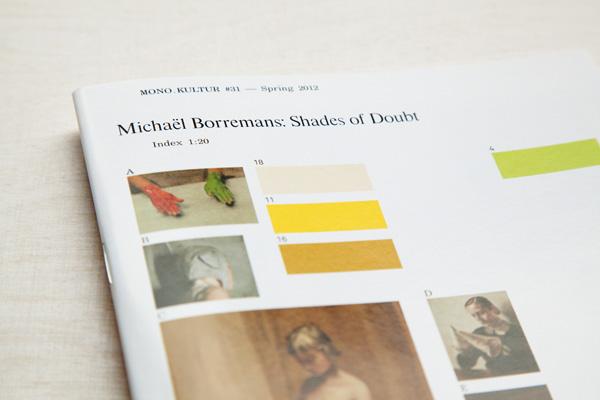
Interview with Kai von Rabenau of mono.kultur
How did mono.kultur come about, and what were your goals with the publication?
The main inspiration for mono.kultur was to feature long and extensive interviews with artists and designers that we find inspiring and thought-provoking. We simply love the format of interviews, and commercial magazines usually don’t have the space to feature long articles. With this in mind, we had the idea to take the format even further and dedicate every issue entirely to one artist – so each issue contains one very, very long and extensive question/answer interview and visual material, and nothing else. This gives us a lot of freedom to truly focus on the artist and adapt each issue individually, also in terms of design. Hopefully, each issue functions as a comprehensive introduction to each artist and his or her work, and gives better insight for those who are already familiar with it. We believe that this will be the future of print in times where many titles are struggling to compete with the Internet – to really take the time and space to go into great detail and depth, and to explore the advantages of print in the presentation. It is our own version of slow publishing.
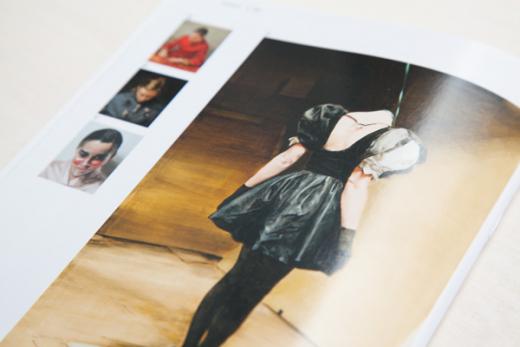
#31 Michaël Borremans: Shades of Doubt
You have featured a range of subjects including artists, writers, designers, actors; how do you make your selections?
We take great care in choosing artists that are demanding, unique, and surprising. It is admittedly a little bit of a zig-zag route through the arts, but that’s something we deliberately pursue, so it’s by choice rather than accident that we cover a very diverse range of artists, and some that are less obvious in our context. The idea is obviously to surprise our readers and even ourselves – but it’s also about the thought that everyone can be potentially interesting. For instance, one might not relate to David LaChapelle’s camp and colourful style of photography, but his interview is actually surprisingly critical of the worlds he seems to embrace. I guess if I had to define what links all these artists we have featured in mono.kultur, it is how they pursued their ideas and careers with such insistence and determination and regardless of success. It also follows the idea that quality is something beyond personal taste, and quality is always inspiring.
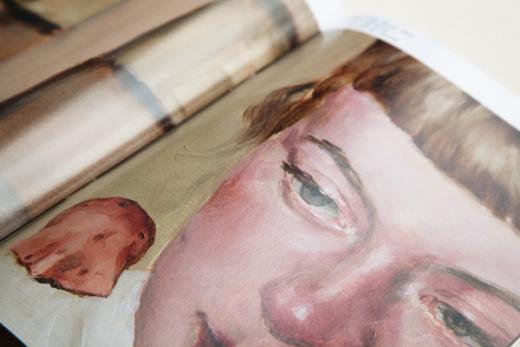
#31 Michaël Borremans: Shades of Doubt
It appears that you have a propensity for extreme formats: the A5 mono.kultur gets lost on a bookshelf and the gorgeous A2 mono.log doesn't fit on the bookshelf! Why have your chosen these unconventional sizes?
Our choice of size is determined by content, and content only – the A5 format of mono.kultur is just perfectly suited to the length of content we offer, it allows for the right proportions of size and thickness. We also find it an incredibly satisfying format for reading, and we do actually want our interviews to be read. We suspect that the classic A4 formats of magazines might also have a lot to do that they favour the display of advertising – whereas books are usually smaller and more practical in size. Anyway, it just works for us – in the beginning, most of our stores were complaining about our size, and we certainly did not do ourselves a favour commercially with A5, but anything else just felt wrong.
With the book for Robert, it was pretty much the opposite – of course we had thought about doing an issue of mono.kultur with him, but we had this intense desire to see his work LARGE. He actually wasn’t that keen on the A2 size at first since it’s such an irritating format, but there is something about his work that to us was really begging to be reproduced oversize – after all, in real life, all his work is billboard-sized as well, and somehow that’s never been represented very well in reproductions of his work. So we were adamant about the the A2 size of the book, and now he likes it as well...
How did the decision to publish Robert Montgomery's work as the first mono.log come about instead of featuring him in an issue of mono.kultur?
mono.kultur has a lovely and often very flexible format but is also very rigid at times – so with Robert, it was the first time we felt that the format of the magazine wasn’t right somehow, so rather than trying to force him into our given framework, it seemed more appropriate to create a frame that would do his work better justice. It’s the trap that way too many publications end up falling into: sooner or later, they tend to be first and foremost about themselves, rather than the people and ideas they feature. And that’s a place we never want to end up in.
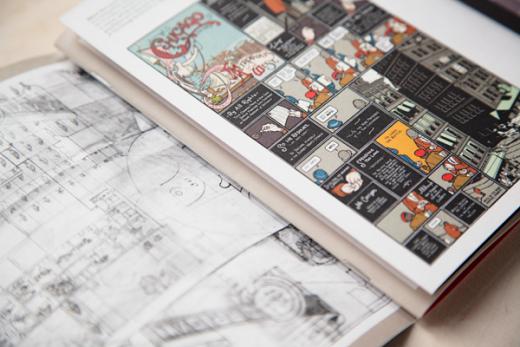
#30 Chris Ware: A Sense of Thereness
Since you were successful with the Kickstarter campaign to create the Robert Montgomery book, do you think you will go this funding route in the future? How do you usually fund your publications?
mono.kultur is funded mostly through sales, self-exploitation, proceeds from events and the occasional advertisement or cultural donation. Which works fine for a small publication like the magazine, but the book with Robert cost in production about 10x as much as a regular issue of mono.kultur, so without the overwhelming and entirely unexpected success of the Kickstarter campaign, it would have never happened. So yes, I am sure we will come back to Kickstarter again at some point, and we think it is a fantastic way of financing extraordinary and specific projects. Having said that, it also demands a lot of work and time to handle the logistics of dealing with hundreds of people, so it’s also nice to have a break from that for now.
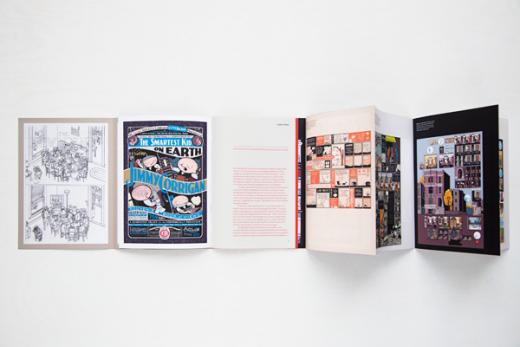
#30 Chris Ware: A Sense of Thereness
Will you be continuing with both projects simultaneously in the future? How do you see the different "mono" projects developing?
Yes, hopefully we will. mono.kultur has had a bit of a slow year in 2012 while we were sorting out some technical issues and also producing the book with Robert, but we have some very nice interviews lined up so we’re hoping to pick up some speed again this year. As for mono.log, I’m sure we will be doing more of those as well – maybe not quite as ambitious as the book with Robert, which was really difficult and stressful to produce, and needless to say, we entirely underestimated the logistics and technical difficulties involved in producing an A2 book. So we are still licking our wounds from that one for now, but I guess it’s only a matter of time before something or someone comes along that will make us want to get our hands dirty again.